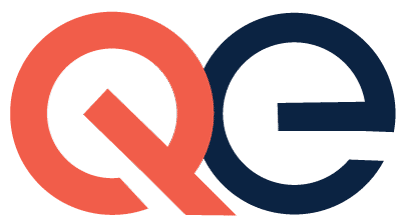This post is the first of four that will go into more detail about the essential elements of customized employment.
Customized employment is one of many tools available for VR practitioners to use when helping people with disabilities find competitive, integrated employment. It can be a great option for both jobseekers and employers.
Benefits for Jobseekers
For jobseekers, customized employment taps into their abilities, strengths, and interests. It is a person-centered approach that focuses on a client’s positive attributes. With customized employment, one of the enormous benefits is that jobs can be tailored to fit a person’s strengths instead of trying to align with a typical job description or title. In addition, customized employment can help people with disabilities who may not have been successful in finding a job through typical hiring processes.
Benefits for Employers
Oftentimes, employers think about staffing in terms of filling positions with predetermined job descriptions. When employers use this model, they are setting all the criteria before they even meet the candidates. An employer may never know that an employee has other skills that could benefit the organization. By working with an employer to discover unmet needs that align with the skills of a jobseeker, a customized job can be a good fit for both.
The Essential Elements
Customized employment combines those two advantages to create a mutually beneficial — and individually tailored — position. Teamwork between the client, the counselor, and the employer is essential. Both the jobseeker and the employer need to be satisfied with the arrangement for it to be successful.
According to “The Essential Elements of Customized Employment for Universal Application”, there are three essential parts of the process: conducting discovery, planning for customized employment, and employment development representation.
We will explore each of these areas in more depth in upcoming posts on the essential elements of customized employment.
More about this resource:
The Workforce Innovation Technical Assistance Center (WINTAC) and the Youth Technical Assistance Center (Y-TAC) are national technical assistance centers funded by the Department of Education’s Rehabilitation Services Administration (RSA) to provide technical assistance and training to state vocational rehabilitation agencies and their partners. The WINTAC and Y-TAC entered into a partnership with Griffin-Hammis Associates, TransCen, Inc., Marc Gold & Associates, and Virginia Commonwealth University to develop a document to identify the essential elements of customized employment (CE) as a guide for the universal application of these elements across service delivery and training providers.
This effort began in response to attempts by VR agencies and other core partners in the workforce development system to effectively achieve competitive integrated employment for individuals with barriers to employment, especially individuals with significant disabilities, as stressed throughout the Workforce Innovation and Opportunity Act (WIOA) and the Rehabilitation Act as amended. Representatives from the Department of Labor’s Office on Disability Employment Policy (ODEP) and RSA have reviewed and approved the content of this Essential Elements document.

